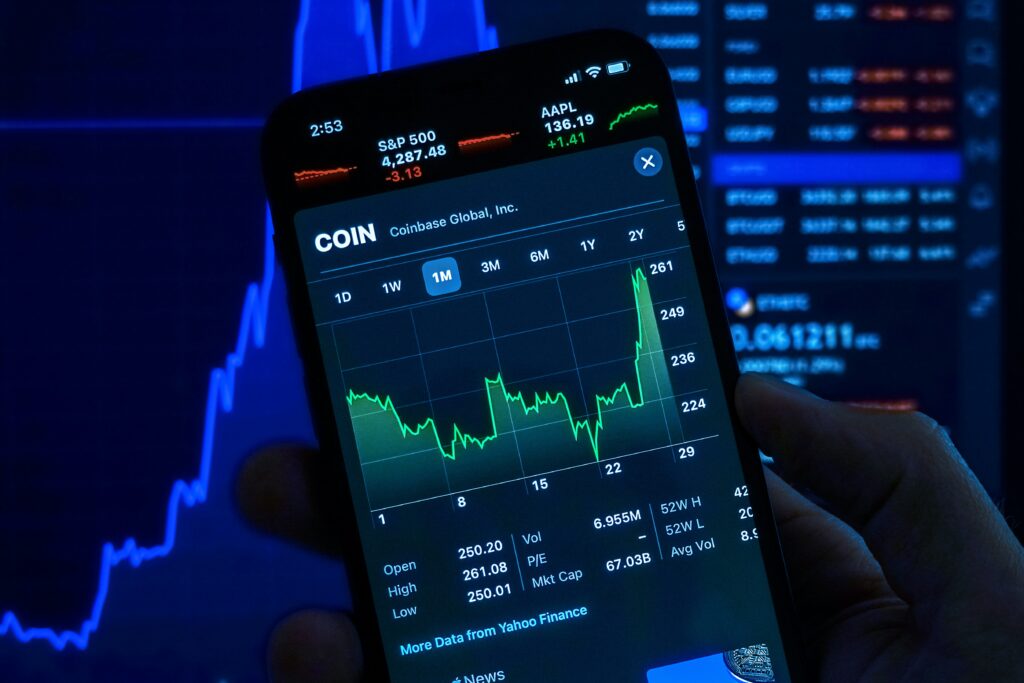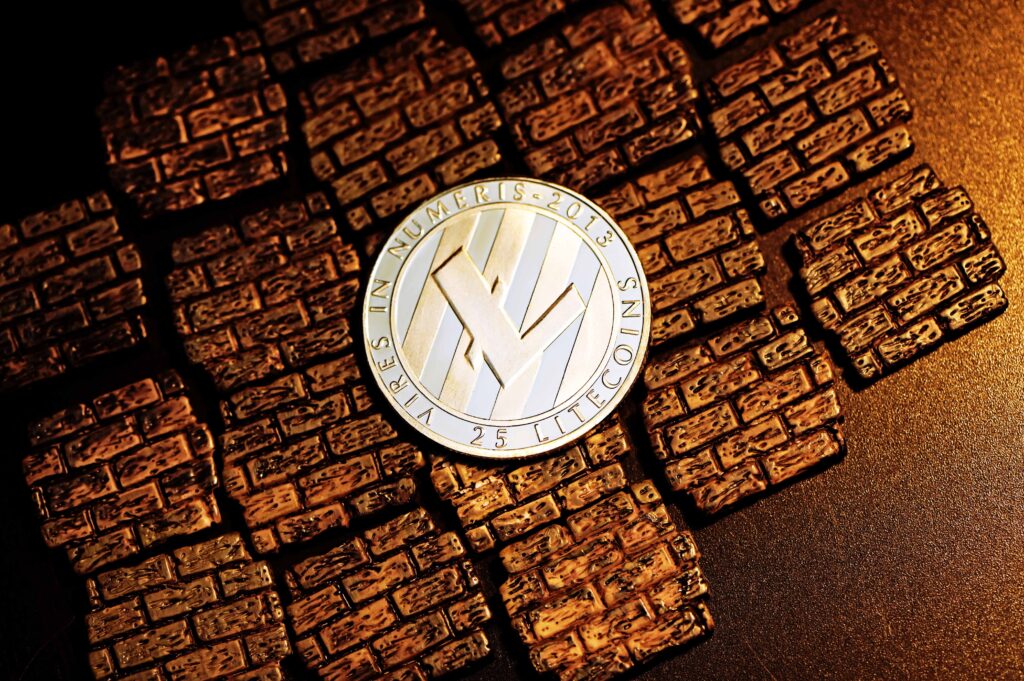What are Altcoins?
Tokens, cryptocurrencies, and other types of digital assets that are not bitcoin are collectively known as alternative cryptocurrencies, typically shortened to “altcoins” or “alt coins”. Paul Vigna of The Wall Street Journal also described altcoins as “alternative versions of bitcoin” given its role as the model protocol for altcoin designers. The term is commonly used to describe coins and tokens created after bitcoin. The list of such cryptocurrencies described in slide.
Altcoins often have underlying differences with bitcoin. For example,
- Litecoin aims to process a block every 2.5 minutes, rather than bitcoin’s 10 minutes which allows Litecoin to confirm transactions faster than bitcoin.
- Ethereum, which has smart contract functionality that allows decentralized applications to be run on its blockchain. Ethereum is the most-actively used blockchain in the world according to Bloomberg News and has the largest “following” of any altcoins according to the New York Times.
What are Multipliers?
A multiplier is a useful, yet dangerous tool that can help traders increase the potential upside of their deals and control positions that greatly exceed the funds at their disposal by increasing the associated risk.
By using a multiplier, the trader gets the ability to manage a position that is greater than the amount of funds at his disposal. For example, when opening a $100 deal and using an x5 multiplier your potential profit (and loss) will be calculated as if you were investing $500. In other words, the payouts you receive (and the losses you incur) will be five times bigger. This option can turn out to be valuable, especially when the direction of the future price movement can be accurately predicted and vice versa since it can incur higher losses if the direction of the future price movement is not accurately predicted.
A multiplier was originally introduced on the Forex market. The reason for that is simple: currency pairs do not usually demonstrate big price swings, their daily changes are barely enough for traders to speculate on them. Traders turn to a multiplier in order to speculate on small price differences and still receive substantial results. Nowadays, this tool can also be applied to other assets, like cryptocurrencies. It is up to you to decide what is more important in each particular case, lower risk (no multiplier) or higher returns (with a multiplier). No matter what you choose, it is always beneficial to have more options at your disposal.
Fiat vs Satoshi prices
The currency that is being used normally now a days in a form of paper or physical type of currency is called as Fiat currency For example Dollars, Euro, Pound etc
Bitcoin is a cryptocurrency developed in 2009 by Satoshi Nakamoto. Its unit currency is satoshi that is upto eight decimal 0.00000001. So in other words this may be called as satoshi. We will cover the relationship of Fiat and Bitcoin in this article.
Unlike investing in traditional currencies, bitcoin is not issued by a central bank or backed by a government. And buying a bitcoin is different than purchasing a stock or bond because bitcoin is not a corporation. Consequently, there are no corporate balance sheets to review.
As stated earlier that bitcoin is not issued by a central bank or backed by a government; therefore, the monetary policy, inflation rates, and economic growth measurements that typically influence the value of currency do not apply to bitcoin. Contrarily, bitcoin prices are influenced by the following factors:
- The supply of bitcoin and the market’s demand for it
- The cost of producing a bitcoin through the mining process
- The rewards issued to bitcoin miners for verifying transactions to the blockchain
- The number of competing cryptocurrencies
- The exchanges it trades on
- Regulations governing its sale
- Its internal governance

Countries without fixed foreign exchange rates can partially control how much of their currency circulates by adjusting the discount rate, changing reserve requirements, or engaging in open-market operations. With these options, a central bank can potentially impact a currency’s exchange rate.
The supply of bitcoin is impacted in two different ways.
- First, the bitcoin protocol allows new bitcoins to be created at a fixed rate. New bitcoins are introduced into the market when miners process blocks of transactions, and the rate at which new coins are introduced is designed to slow over time. For example, growth slowed from 6.9% (2016), to 4.4% (2017) to 4.0% (2018). This can create scenarios in which the demand for bitcoins increases at a faster rate than the supply increases, which can drive up the price. The slowing of bitcoin circulation growth is due to the halving of block rewards offered to bitcoin miners and can be thought of as artificial inflation for the cryptocurrency ecosystem.
- Secondly, supply may also be impacted by the number of bitcoins the system allows to exist. This number is capped at 21 million, where once this number is reached, mining activities will no longer create new bitcoins. For example the supply of bitcoin reached 18.587 million in December 2020, representing 88.5% of the supply of bitcoin that will ultimately be made available. Once 21 million bitcoins are in circulation, prices depend on whether it is considered practical (readily usable in transactions), legal, and in demand, which is determined by the popularity of other cryptocurrencies.
Bitcoin’s all-time high price as of March 13, 2021 is USD 61,683.86
While bitcoin may be the most well-known cryptocurrency, there are hundreds of other tokens vying for user attention. While bitcoin is still the dominant option concerning market capitalization, altcoins including Ethereum (ETH), Tether (USDT), Binance Coin (BNB), Cardano (ADA), and Polkadot (DOT) are among its closest competitors as of March 2021. The crowded field is good news for investors because the widespread competition keeps prices down. Fortunately for bitcoin, its high visibility gives it an edge over its competitors.
Unlike stock, bitcoin does not represent ownership in a company or entity. Owning bitcoin is owning digital currency, much like owning US$1 is owning paper currency. Bitcoin miners earn rewards for completing blocks of verified transactions, and owners of bitcoin make money as the price per coin increases. For example, if you purchased 100 coins at $65.52 (100 x $65.52 = $6,552) on July 5, 2013 (bitcoin’s record low) and held it until its all-time high of $61,683.86 on March 13, 2021, you would have $6,168,386.
The demand for bitcoin is increasing, whereas its available supply is shrinking. This results in increased prices. Consumers, companies, and investors favor bitcoin for its profitability and its ability to hedge inflation. The resulting popularity contributes to increased demand, and thus an increased price.

Bitcoin’s price fluctuates for various reasons, including media coverage, speculation, and availability. With negative press, some bitcoin owners panic and sell their shares, driving down the price. Vice versa with positive press. Also, when the volume of bitcoin sold on the market increases, the price decreases. As more institutions adopt bitcoin as an investment and medium of exchange, its price increases. Also, many people have eroded confidence in their fiat currency and seek alternative sources to store their money. Because bitcoin is decentralized and unregulated, it is a favorable alternative, thus driving up its price.
Finally for just understanding of bitcoin worth here is the chart which is showing the prices of Bitcoin in different years with some variations.
Its varying from USD 196.02 (Oct 2013) to USD 58,917.69 (30 mar, 2021)
Want to learn more about cryptos? There’s a lot to learn. Learn cryptocurrency, blockchains, algorithmic trading, financial analysis, algorithmic trading, the stock market, and more in The Complete Python for Finance: Learn to Trade in 99 Days.



